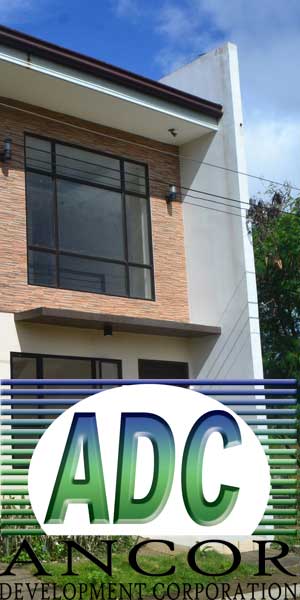Economic policies are the end results of economic planning: the decisions governments make to influence the production, consumption, and sharing of wealth. It is concerned with influencing or controlling the
behaviour of the economy. It is the implementation and administration of policies typically implemented by the government. Economic policy is often focused on decisions made in regards to government
spending and taxation, the redistribution of income from rich to poor and the supply of money. Economic policy directly affects global issues as decision by government dictate events in the economy. In this paper, I will present some economic policies of different countries that resulted to the growth of their economy that the Philippines may adopt to attain economic development. Japan, having fought deflation for more than two decades, has repeatedly pursued government interventions in the hope of revitalizing its economy. Prime Minister Shinzo Abe’s three-pronged approach, dubbed “Abenomics” and launched
in 2013, combines fiscal expansion, monetary easing, and structural reform. Its immediate goal is to boost domestic demand and gross domestic product (GDP) growth while raising inflation to 2 percent. Abe’s structural policies aim to improve the country’s prospects by increasing competition, reforming labor markets, and expanding trade partnerships. (McBride & Xu, 2018) Japan’s economic growth was based on unprecedented expansion of industrial production and the development of an enormous domesti market, as well as on an aggressive export trade policy. Japan has developed a highly diversified manufacturing and service economy and is one of the world’s largest producers of motor vehicles, steel, and high technology manufactured goods. The service sector has come to dominate the economy in terms of its overall proportion of the gross domestic product and of employment. (Britannica, 2022) China began to move toward a market economic system under the reform and open-door policy. One result was an influx of foreign companies with resources that made them powerful competitors in the international marketplace. The changes also triggered an upsurge of entrepreneurial activity within China. Private
and individual enterprises staked their survival on business efforts that enhanced their competitiveness.
(Kobayash et al., 1999) China began to open itself to international trade and liberalize the economy when
it established diplomatic and trade relations with the U.S. in
- As China’s subsequent export growth fueled the growth of manufacturing and urbanization, China rose to be a major global economic power over the next four decades. China has faced criticism about how its economy has been able to sustain an average annual growth of almost 10%. (Page,
2022) China has been remarkably successful in transitioning from central planning while also contending with the challenges of economic development. These reforms also changed the labor market in providing incentives to foster innovation. They included not only economic, but also legal
and institutional reforms to help raise growth. After three decades of rapid development, China has lifted itself from being one of the poorest countries in the world to its second-largest economy. China’s growth has been aided by integration into the global economy, so reforms of its external sector have played a significant part of its policy regime. (Oxford Bibliographies,2021) Singapore’s economic policy is to promote the creation of national wealth through sustained and stable economic growth. A guiding principle of economic policy is the free market system, that is, to allow
market forces to determine the pattern of trade. The Singapore
Government seeks to ensure that the trading system is open and transparent. Customs and trade documentation procedures are streamlined for smooth flow of goods in and out of Singapore. Singapore does not have any sector-specific policies or trade instruments to promote exports. (ASEAN, 2020) Raising the employment rate is a priority to cope with a shrinking working-age population. President Yoon
proposed two strategies to promote employment growth. He plans to create an organization dedicated to regulatory reform to boost business investment and ease labor regulations to give companies and workers more freedom. He aims to increase support for companies, in part through tax relief and R&D support, to help them grow. The government plans to focus on startups in the fields of health and cultural content. (Jones,2022) South Korea weathered the COVID-19 crisis well, with an economic downturn of jus 0.9% of GDP in 2020. Much of the response was focused on enhancing the social safety net or accelerating the digital and green economic transitions. Unemployment rates remained stable and modest. Tax revenues are considerably lower as a share of GDP than the OECD average. The government deficit was just 2.3% of GDP in 2020






